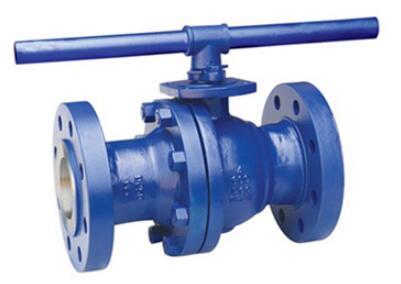Ball valves are a vital component in many fluid control systems, offering a reliable way to manage the flow of liquids and gases. Their simple yet effective design provides ease of operation and robust performance, making them a preferred choice in various industries. Understanding how ball valves work can help in selecting the right valve for your application and ensuring optimal system efficiency.

The Basic Design of Ball Valves
A ball valve consists of a spherical ball with a hole, or port, through its center. This ball is mounted within a valve body that contains two ports: an inlet and an outlet. The ball is connected to a handle or lever, allowing it to rotate within the valve body. When the valve is closed, the solid part of the ball blocks the flow path. When the valve is opened, the ball rotates to align the hole with the flow direction, allowing fluid to pass through.
Operation Mechanism
The operation of a ball valve is straightforward. To open or close the valve, the handle is turned a quarter turn (90 degrees). In the closed position, the handle points perpendicular to the flow direction, and the solid portion of the ball prevents any fluid from passing through. In the open position, the handle aligns with the flow direction, allowing the hole in the ball to connect the inlet and outlet ports. This design enables quick and efficient control of fluid flow with minimal effort.
Advantages of Ball Valves
Ball valves offer several advantages that make them an attractive option for fluid control applications. One of the most notable benefits is their reliability. Ball valves have a robust construction, which allows them to handle high pressures and temperatures without compromising performance. They are less prone to leaks compared to other valve types, ensuring a tight seal in both open and closed positions.
Another significant advantage is their ease of operation. The quarter-turn mechanism allows for rapid opening and closing, making them ideal for applications that require quick shutoff or flow regulation. Additionally, ball valves provide low friction loss, resulting in minimal pressure drop across the valve, which is essential for maintaining system efficiency.
Types of Ball Valves
There are various types of ball valves designed to meet specific application needs. The most common types include:
Floating Ball Valves: In this design, the ball is held in place by the valve seats, allowing it to float slightly when pressure is applied. This feature helps ensure a tight seal when the valve is closed.
Trunnion Ball Valves: These valves feature a ball that is fixed at the top and bottom, providing greater stability and making them suitable for high-pressure applications.
V-Port Ball Valves: Designed for flow regulation, these valves have a “V” shaped opening in the ball, allowing for more precise control of fluid flow.
Applications of Ball Valves
Ball valves are widely used in various industries, including oil and gas, water treatment, HVAC, and chemical processing. They are suitable for handling a range of fluids, from water and steam to corrosive chemicals. Their versatility makes them an essential component in pipelines, tanks, and various machinery.
Maintenance and Care
While ball valves are generally low-maintenance, regular checks are recommended to ensure optimal performance. Inspecting for leaks, checking the valve’s operation, and ensuring that the handle turns smoothly can help prevent issues. If a valve becomes difficult to operate or shows signs of wear, it may need to be serviced or replaced.
Conclusion
Ball valves are a fundamental component in fluid control systems, providing an efficient and reliable method for managing the flow of liquids and gases. Their simple design, ease of operation, and ability to handle high pressures make them an ideal choice for a variety of applications. Understanding how ball valves work can aid in selecting the right valve for your specific needs. If you would like more information or are looking for a reliable supplier of ball valves, please feel free to contact us.

